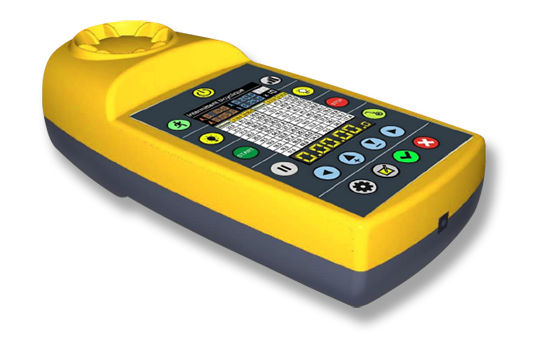Physical preparation in boxing:
As with any sport, whether individual or team, boxing requires rigorous physical preparation to enable athletes to reach their full potential in the ring. Proper preparation is essential not only to enhance performance, but also to reduce the risk of injury often associated with this demanding sport.
The unique nature of boxing demands a specific approach to physical preparation. Unlike other disciplines, boxing is a complex combination of strength, speed, endurance, coordination and reactivity. Boxers must be able to maintain a high level of performance during intense rounds and react quickly to their opponents’ movements.
Good physical preparation for boxers includes a range of activities and exercises designed to strengthen the specific muscles used in the sport, improve cardiovascular endurance, hone coordination and develop speed and reactivity. This can include strength training sessions to strengthen the muscles of the upper body, particularly the shoulders, arms and core, as well as cardio exercises to improve endurance and stamina.
1 The characteristics of boxing
First, In the world of professional championship boxing, matches are governed by strict rules that determine the length of rounds and the rest intervals between them. Each bout consists of a maximum of twelve rounds, and each round lasts a standard three minutes. Between each round, boxers benefit from a short one-minute break to recover and receive advice from their corner.
These twelve intense rounds require competitors to combine endurance, strategy and self-control. Each round is an opportunity for boxers to demonstrate their agility, power and ability to withstand their opponent’s pressure.
It’s worth noting that boxers are classified by weight category, which means they compete against opponents of similar size and weight. This guarantees fair and competitive clashes, where strength and technique play a crucial role.
The structure of professional boxing matches, with twelve rounds of three minutes each, creates a captivating and intense atmosphere for spectators, while offering boxers the opportunity to demonstrate their talent and determination in the ring. Each round is a battle, and it’s the ability to remain focused, resilient and strategic throughout the fight that determines the winner.
2 The different areas of work to be perfected :
-
Endurance
As in most sports, it’s vital to establish the aerobic foundations that will enable our athletes to digest the load of summer preparation, as well as that of the entire season. To achieve this, we recommend low-intensity sessions that last over time and involve the aerobic pathway (jogging, fartlek, split, intermittent, etc.). These sessions can be carried out with Sportbeeper Pro.
-
Explosiveness
Explosiveness is an important area for improvement in an athlete’s physical preparation. In particular, it enables them to react more quickly and execute a movement in a shorter time.
To improve explosiveness, your athlete needs to perform complex movements in a relatively short space of time. Examples of effective exercises include push-ups, medicine ball throws or even bag work.
Plyometric-type exercises are particularly useful for developing muscular explosiveness. These exercises generally involve fast, powerful movements that require muscles to react quickly and forcefully. Explosive push-ups, for example, require the athlete to rapidly push his or her body upwards in an explosive manner, followed by a controlled landing. Similarly, medicine ball throws involve a dynamic throwing motion, requiring rapid, powerful muscle contraction.
Bag work is also an excellent way of improving explosiveness, as it combines strength, speed and coordination. The athlete can execute a series of fast, powerful combinations of blows on the bag, which promotes the development of explosiveness in striking movements.
-
Power
Finally, let’s remember that power is equal to speed multiplied by strength. Plyometric training is fundamental. In fact, this type of work improves relaxation during jumps, increases the ability to change direction, improves strength endurance and thus helps prevent injury. Weight training is also essential. In particular, this will help to absorb the many shocks. The abdominal girdle and the arms are the main areas to work on.
The sportbeeper is therefore an ideal tool for boxing, as it provides audible and sequential control of the exercises.



